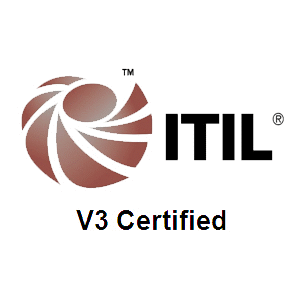What is Artificial Intelligence? Understanding Predictive vs. Generative AI
Artificial Intelligence (AI) is transforming how we live, work, and interact with technology. From personalized recommendations to AI-generated art, the applications are vast and growing. But not all AI is the same. Two of the most talked-about types are Predictive AI and Generative AI—each with distinct capabilities and use cases.
What is Artificial Intelligence?
AI refers to the ability of machines to mimic human intelligence. It enables systems to learn from data, recognize patterns, and make decisions with minimal human intervention. AI is the foundation behind technologies like voice assistants, recommendation engines, autonomous vehicles, and more.
Predictive AI: Forecasting the Future
Predictive AI uses historical data to anticipate future outcomes. It’s widely used in industries where forecasting is critical.
✅ Key Characteristics:
- Analyzes past data to identify trends
- Helps in decision-making and risk management
- Often powered by machine learning models
📌 Real-World Examples:
- Predicting customer churn in telecom
- Forecasting sales in retail
- Credit scoring in finance
- Predictive maintenance in manufacturing
🔧 Popular Tools:
- Amazon SageMaker
- Google Vertex AI
- Microsoft Azure ML
- Scikit-learn
- IBM Watson Studio
🎨 Generative AI: Creating Something New
Generative AI goes beyond analysis—it creates new content. It learns from existing data and generates text, images, audio, or even code.
✅ Key Characteristics:
- Produces original content
- Learns from large datasets
- Uses deep learning models like transformers
📌 Real-World Examples:
- ChatGPT for conversational AI
- DALL·E for image generation
- GitHub Copilot for coding assistance
- Runway ML for video editing
- ElevenLabs for voice synthesis
🔧 Popular Tools:
- OpenAI GPT-4 / GPT-4o
- Google Gemini
- Midjourney
- Stability AI (Stable Diffusion)
- Anthropic Claude
📚 Top Learning Platforms for AI
Whether you’re a beginner or a professional, these platforms offer structured and practical AI learning:
- Coursera – AI specializations from Stanford, DeepLearning.AI
- edX – Courses from MIT, Harvard, and Microsoft
- Udemy – Affordable, hands-on AI and ML courses
- Kaggle – Competitions and real-world datasets
- Google AI – Free tutorials and research papers
- Microsoft Learn – Azure AI learning paths
- Fast.ai – Practical deep learning for coders
🧠 Summary Table
| Feature | Predictive AI | Generative AI |
|---|---|---|
| Purpose | Forecast outcomes | Create new content |
| Input | Historical data | Training data (text, images, etc.) |
| Output | Predictions, scores | Text, images, audio, code |
| Examples | Sales forecasting, fraud detection | Chatbots, image generators |
| Tools | SageMaker, Azure ML, Scikit-learn | GPT-4, DALL·E, Midjourney |

